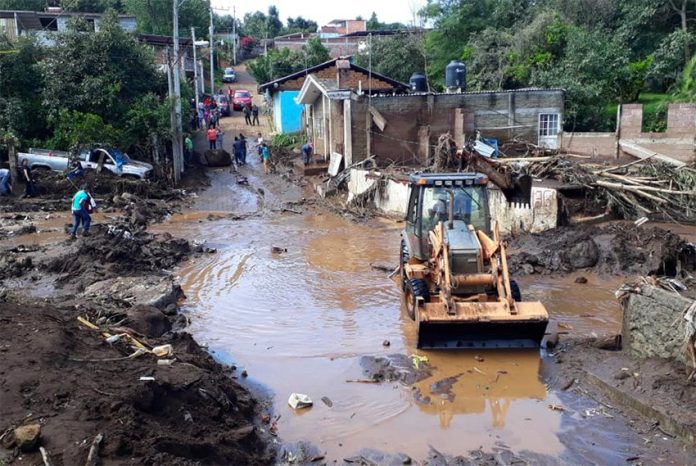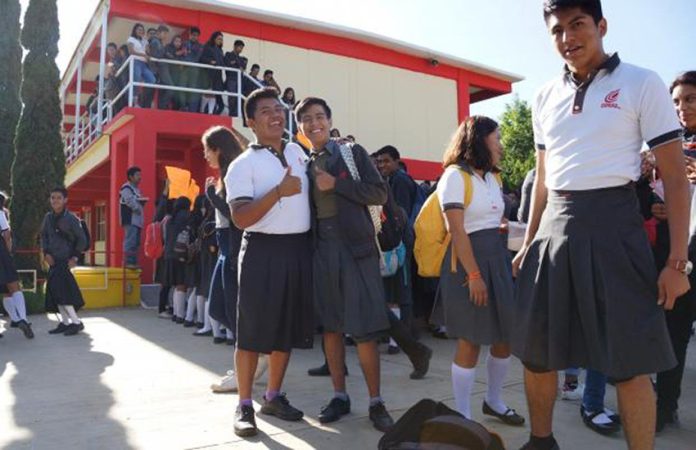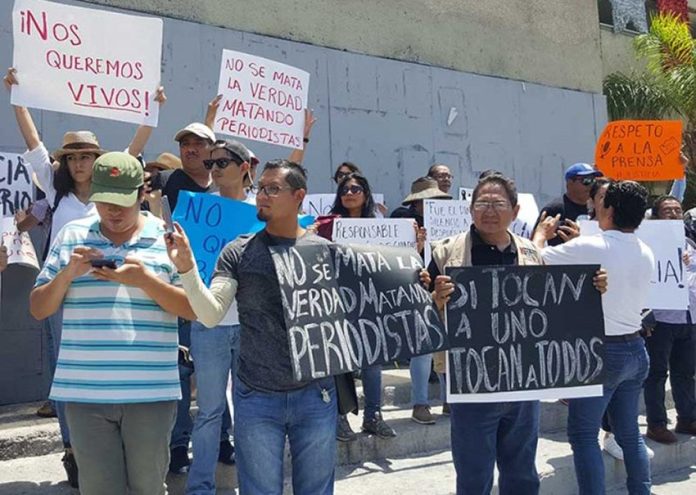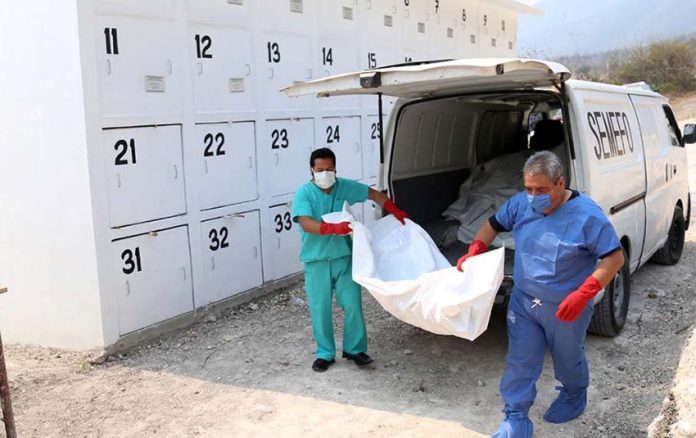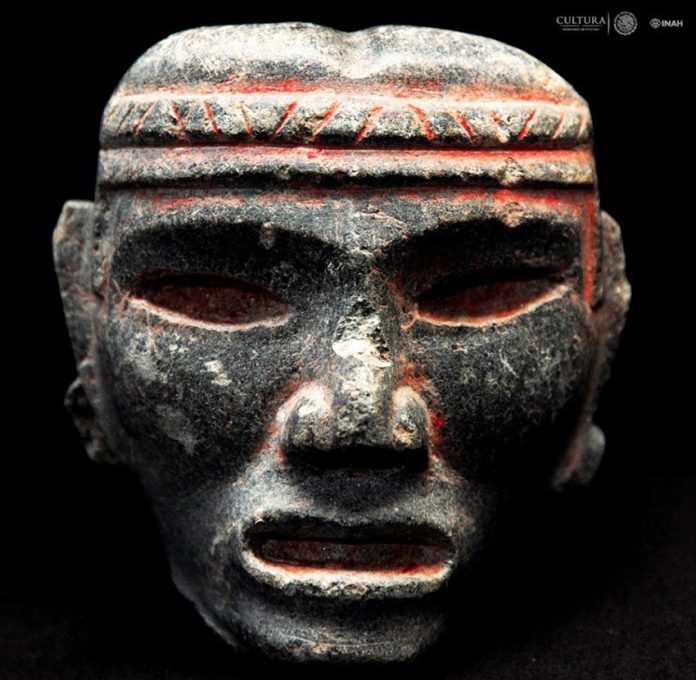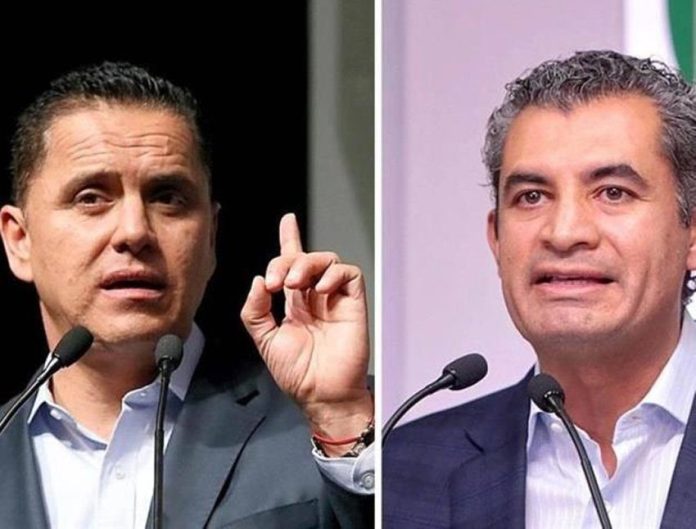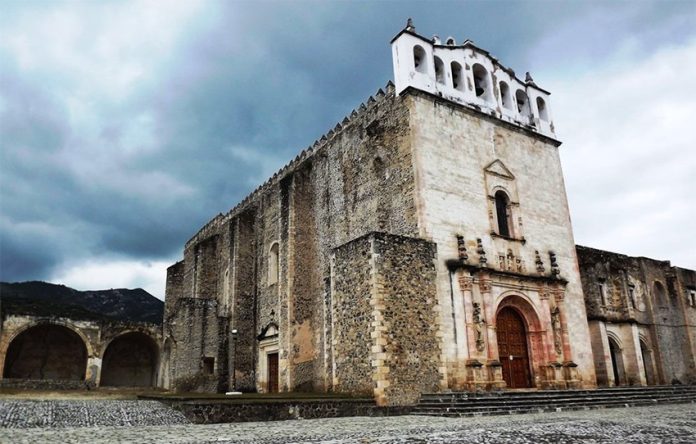The creation of a pizzeria with a social empowerment focus was an organic and natural one for Alejandro Souza.
“Innovation has always been a passion of mine,” he said, explaining how he has worked in social impact for many years, consulting for NGOs and government both in Mexico and beyond.
While studying for a master’s degree in New York he desperately missed food from his home country, “particularly blue corn.” Combine blue corn and social impact and you get Pixza, Souza’s very unique pizzeria.
Pixza, which currently has two branches in Mexico City, is unlike other pizzerias in two important ways. Firstly, as Souza explained, it is the only “100% Mexican pizza made using blue corn in the world” and secondly the pizzeria is designed to help vulnerable people living on the streets of Mexico City.
While talking to Mexico News Daily, Souza described how the original project design was generated in the space of one day. It has since evolved and changed as social impact projects do, but for Souza the whole concept came to him easily and clearly.
The most basic form of help comes by way of donating food. For every five slices of Pixza sold, one more slice is donated to people living rough in Mexico City. Every Friday the extra slices are taken to nearby shelters.
Originally the pizzas were handed out to people on the streets, but Souza quickly found that working with shelters and people with greater expertise in the homelessness issues of the city made more sense. “We aren’t experts in rescuing [young people from vulnerable situations],” he explained and he realized early on that it made more sense to work with shelters.
There, young people have already made the decision to seek rehabilitation and are ”prepared and ready to improve their lives.”
Pixza goes beyond just donating pizzas. It works with a much bigger picture in mind, providing training, opportunities and employment to those living on the streets or within the homeless shelters.
A system is in place for those interested. It includes taking a course and getting a haircut, a t-shirt and a doctor’s check-up before they can start training to work at one of Pixza’s restaurants.
In the three years that Pixza has been operating it has employed 38 young people, five of whom have gone on to live independently and be able to support themselves.
“Our program goes much further than just offering employment,” explained Souza as he described the coaching opportunities available to his staff. Each staff member is offered 68 hours of coaching to help them plan their working lives and think about their goals and 40 hours of professional training.
Many of the young people that go to work for Pixza will have lived their entire lives on the streets without adult guidance or knowledge of how to open a bank account, pay rent and bills, etc. Souza sees Pixza as “a platform” from which these young people can grow and change their lives, “a whole ecosystem of empowerment,” he says.
“We don’t ask anything other than do you want to work,” Souza said, explaining how they don’t need to know what happened in these young people’s pasts so long as they are willing to learn, grow and put in the work.
Souza is also very aware that not every young person they meet who is living in the shelters wants to work or even to change their lives. He also knows that for some they might desire the change but they are caught up in drugs or alcohol or difficult emotional cycles and are unable to make that change for themselves.
“We are working with human beings; any work you do with human beings is going to be challenging,” he said.
However, for the young people that Pixza has been able to help, it has provided support for each step in the journey.
In an attempt to push the social enterprise further, Pixza also runs a crowdfunding initiative each month called Horno Social (Social Oven) to raise money for social enterprises partnering with Pixza or for a staff member that needs a helping hand.
The social enterprise or staff member creates a new pizza topping and a percentage of sales from that pizza goes to the fund.
This month the recipient will be Yu Okhary, a young staff member who has been working at Pixza for a year and just had a baby. The job has “changed the way that I look at the world and the way that people look at me,” he said as he served customers during a busy lunchtime.
The birth of his child has given him even more desire to change his life. “I want her to see me and see a man who worked hard to create something for his family.”
Yu Okhary was friendly, open and eager to help, a man on a mission to leave his past behind him and look to the future, a young man who exudes a joie de vivre as you talk to him.
These kinds of initiatives to give a little cash support at a time of need provide more than just monetary help. They also offer a feeling of community support for those, like Yu Okhary, who have been going it alone for most of their lives.
And as for the pizzas, they are made from a primarily blue corn base and topped with Mexican ingredients. All of the corn is sourced from small-scale corn producers in México state. “We guarantee that they will have consistent sales,” said Souza, further explaining that they pay fairly for the corn and don’t question when producers need to raise their prices.
Toppings include many things that you might expect to find in a taco or on a tostada. For example, the Florencia is topped with squash blossoms, huitlacoche and epazote among other ingredients, the Chayito is topped with lime and salt-covered grasshoppers and the Gringa is an al pastor meat and pineapple pizza.
Three years into this social project and Souza has big plans for growth. His goal is to open eight more restaurants across the city. At the moment they only have limited jobs available and expansion will help to create more.
In addition, Souza has plans to open a training institute, which will include a boot camp that helps young vulnerable people to “develop social, emotional and psychological skills . . . so they can take on any type of work in the restaurant sector.” By doing this Souza is hoping that they can become a “one-stop shop for recruitment . . . for the entire restaurant industry in Mexico City.”
He explains that the recruitment and retention of staff is particularly difficult in this sector, with a 98% annual turnover. His plan includes an app that restaurants can use to find reliable staff immediately.
Souza is a man who thinks big. “The ideal is that the shelters are empty and that there are no more young people in this situation.” It’s no small feat and Souza knows that this work takes time but he is determined to make big changes in his city.
To find out more about Pixza’s work and where you can a slice or two of this very Mexican pizza, head to www.Pixza.mx.
Susannah Rigg is a freelance writer and Mexico specialist based in Mexico City. Her work has been published by BBC Travel, Condé Nast Traveler, CNN Travel and The Independent UK among others. Find out more about Susannah on her website.



